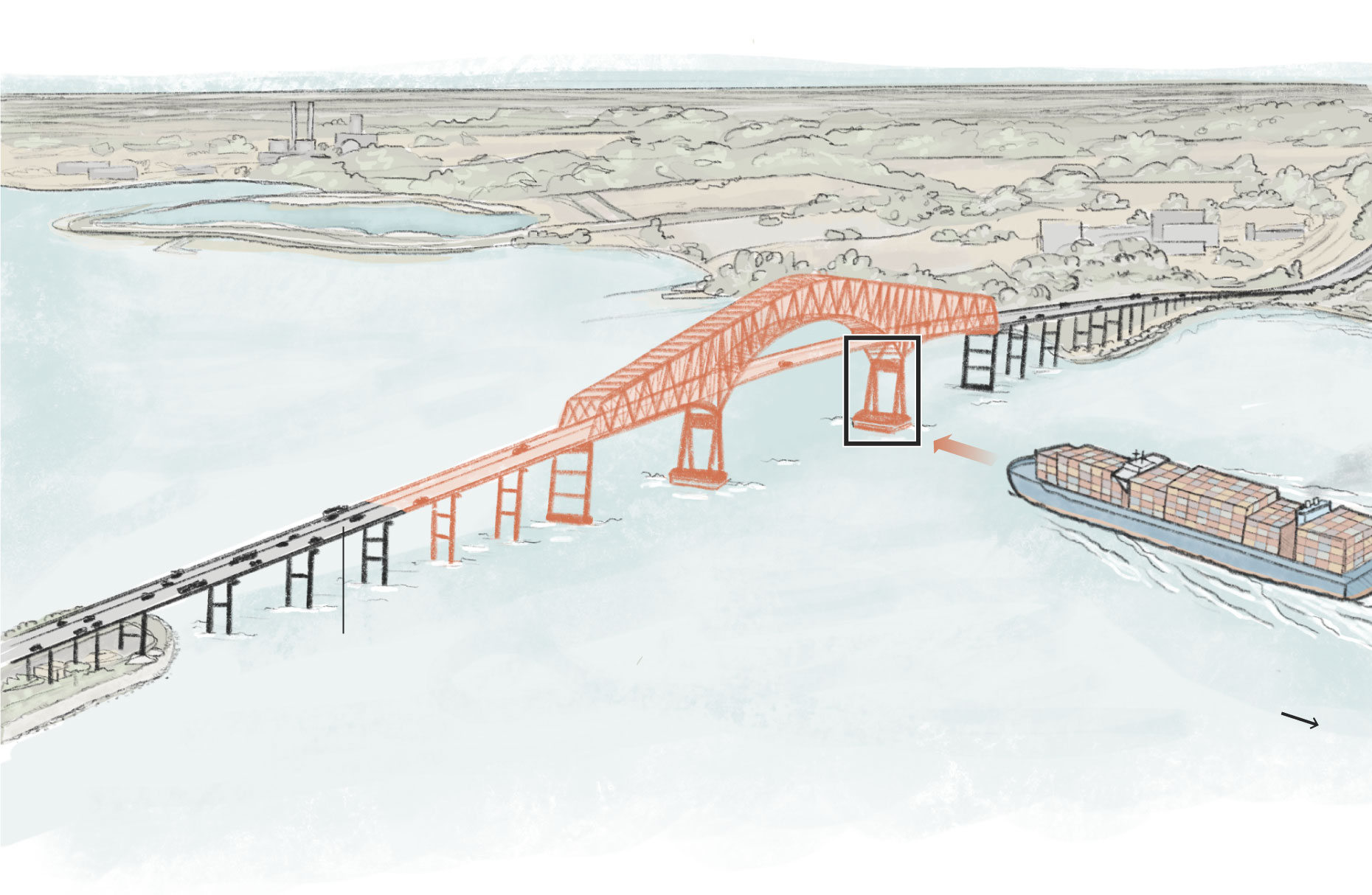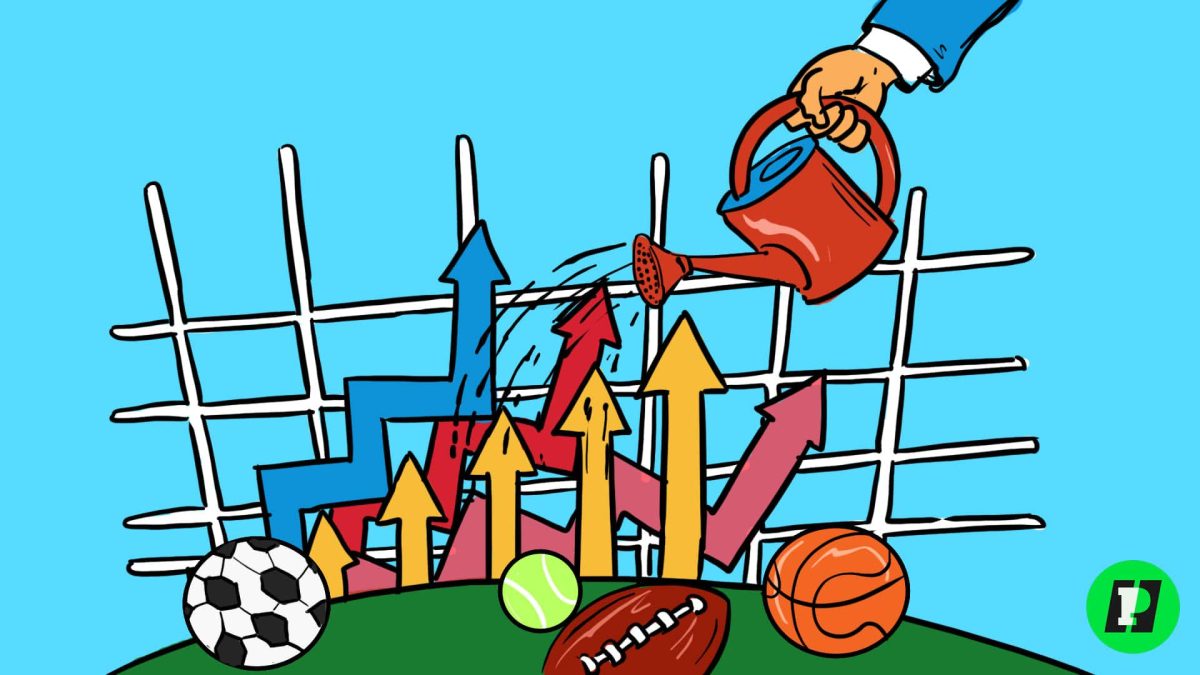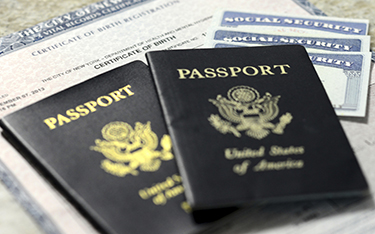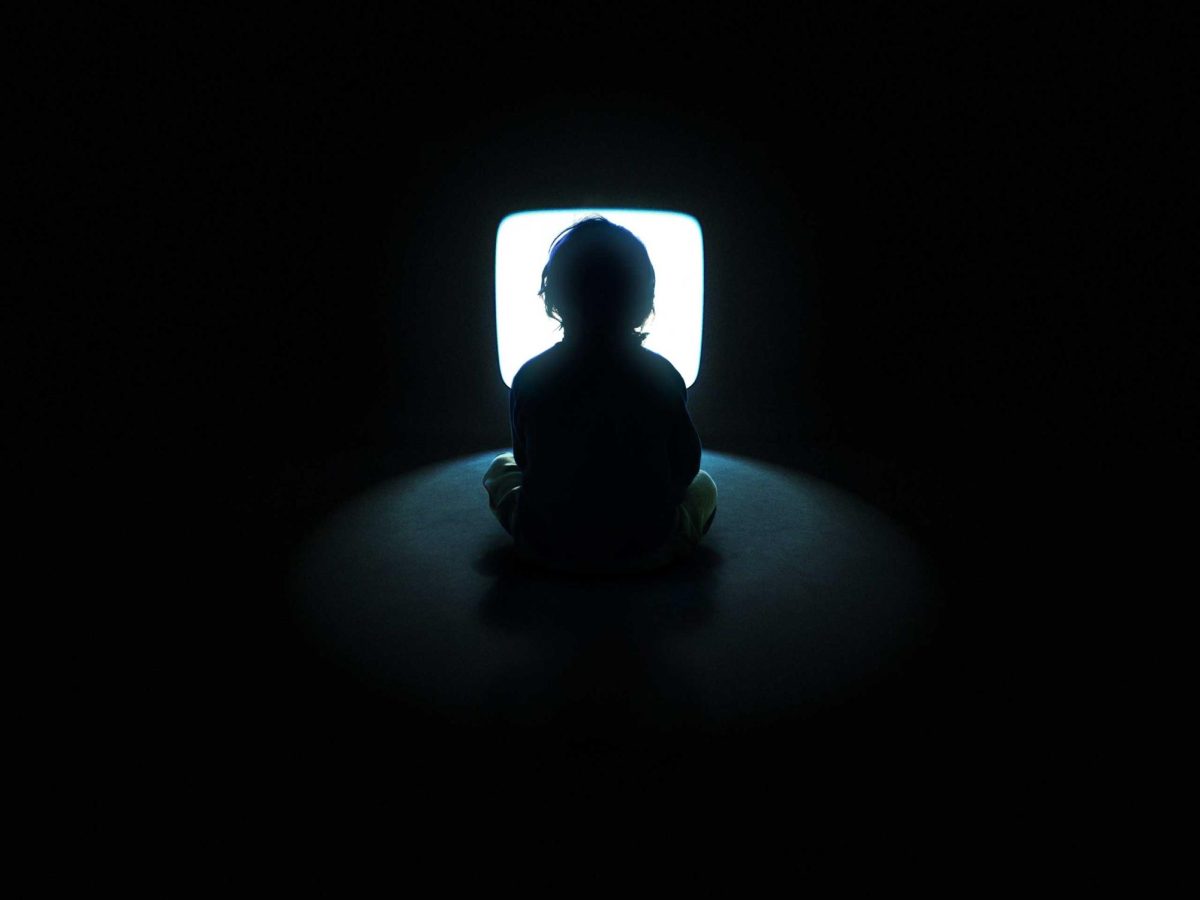BALTIMORE, MA — A 984-foot container ship crashes into a pillar of the Baltimore Key Bridge on March 27th, causing the bridge to collapse. Six people are presumed dead.
 For reasons to be investigated, the Dali cargo ship lost its engine a few minutes before the collapse, making it impossible to change the ship’s course towards the pillar of the Key Bridge. Typically, the ship was supposed to follow a set path underneath the bridge, but it seemed to go off course right before losing its engine. Additionally, the bridge was particularly vulnerable as engineers had warned in 1980 that it would not withstand a hit from a container ship. There were a lot of regrets regarding the bridge. What if we had stopped before? What if we had built the bridge better?
For reasons to be investigated, the Dali cargo ship lost its engine a few minutes before the collapse, making it impossible to change the ship’s course towards the pillar of the Key Bridge. Typically, the ship was supposed to follow a set path underneath the bridge, but it seemed to go off course right before losing its engine. Additionally, the bridge was particularly vulnerable as engineers had warned in 1980 that it would not withstand a hit from a container ship. There were a lot of regrets regarding the bridge. What if we had stopped before? What if we had built the bridge better?
Due to the incident occurring in the morning, casualties were kept low, however the Baltimore Key Bridge was the ninth-largest US port for international cargo. Over 8,000 workers and industries relied on the port for shipping cargo in and out of the US. Luckily, small ships can still ship cargo through the port, but bigger ships must wait until the bridge is rebuilt. Additionally, while many of the 30,000 to 35,000 cars crossing the bridge daily can be rerouted through the tunnels, it will cause many traffic delays.
Moving on, an investigation will be led into the fatal incident by the National Transportation Safety Board (NTSB), according to the agency’s chair, Jennifer Homendy. Homendy explains that 21 crew members and two pilots were on board when the bridge collapsed. She also said that an agency investigator identified 56 containers of hazardous material and some containers in the water. Homendy comments that the investigation could take 12 to 24 months to complete. However, they have pieced together a rough timeline of events leading up to the collision.
Here is the NTSB’s timeline in hours, minutes, and seconds:
- APPROXIMATELY 12:39 A.M.
- The ship departs from Seagirt Marine Terminal.
- BY 1:07 A.M.
- The ship enters the Fort McHenry Channel.
- 1:24:59 A.M.
- Numerous audible alarms are recorded on the ship’s bridge audio. Simultaneously, the ship’s voyage data recorder, or VDR, stops recording the ship system data but can continue recording audio using a different power source.
- 1:26:02 A.M.
- The VDR resumes recording the ship system data. During this time, steering commands and orders regarding the rudder are captured on audio.
- 1:26:39 A.M.
- The ship’s pilot makes a general, very high frequency (VHF) radio call for nearby tugboats to assist the vessel. Around this time, the pilot association dispatcher contacts the Maryland Transportation Authority duty officer regarding the blackout, according to transit authority data.
- AROUND 1:27:04 A.M.
- The pilot orders the ship’s port anchor to be dropped and issues additional steering commands.
- AROUND 1:27:25 A.M.
- The pilot issued a radio call over the VHF radio, reporting that the vessel had lost all power and was approaching the bridge. Around this time, the transit authority duty officer radioed two of its units—one on each side of the bridge—that were already on the scene and ordered them to close traffic on the bridge. All lanes were then shut down.
- AROUND 1:29 A.M.
- The ship’s speed over ground is recorded at just under 8 miles per hour. Until 1:29:33, the VDR audio records sound consistent with the collision with the bridge. Additionally, MDTA dash cameras show the bridge lights extinguishing.
- 1:29:39 A.M.
- The pilot radioed the US Coast Guard to report the bridge was down.
Timeline: CNN
Source: National Transportation Safety Board
Looking towards the future, Department of Transportation Secretary Pete Buttigieg said rebuilding the bridge will not be ‘quick or easy,’ but they will get it done. He explained four main focus points: reopening the port, dealing with supply chain issues until its reopening, rebuilding the bridge, and dealing with traffic issues until the bridge is rebuilt. President Joe Biden also pledged full support to the recovery and response efforts to those who were impacted by the bridge’s collapse after Buttigieg’s administration urged for federal funding to remove debris and rebuild the bridge. This is a big step as the United States government has not invested in infrastructure for some time. Currently, the United States has a D score for infrastructure which is not the best for the nation. Engineers have warned that bridges, water systems, roads and several other projects are destined to fail. They also asserted that the government should stop continuing to fund war and focus on funding domestic projects instead.
In conclusion, the collapse of the Baltimore Key Bridge shocked many people all over the world. Many believed the bridge to be stable and sturdy, not knowing about its countless flaws and the risk it had posed since it was made. It has dramatically impacted the transportation of imported materials and took some dear lives. The collapse of the bridge will be forever remembered in history.
Sources:
March 27, 2024 – Baltimore Key Bridge collapse
How a cargo ship collapsed the Baltimore key bridge in visuals | CNN
The Five Minutes That Brought Down the Francis Scott Key Bridge – The New York Times
These are the 10 states with America’s worst infrastructure, in dire need of federal dollars






















